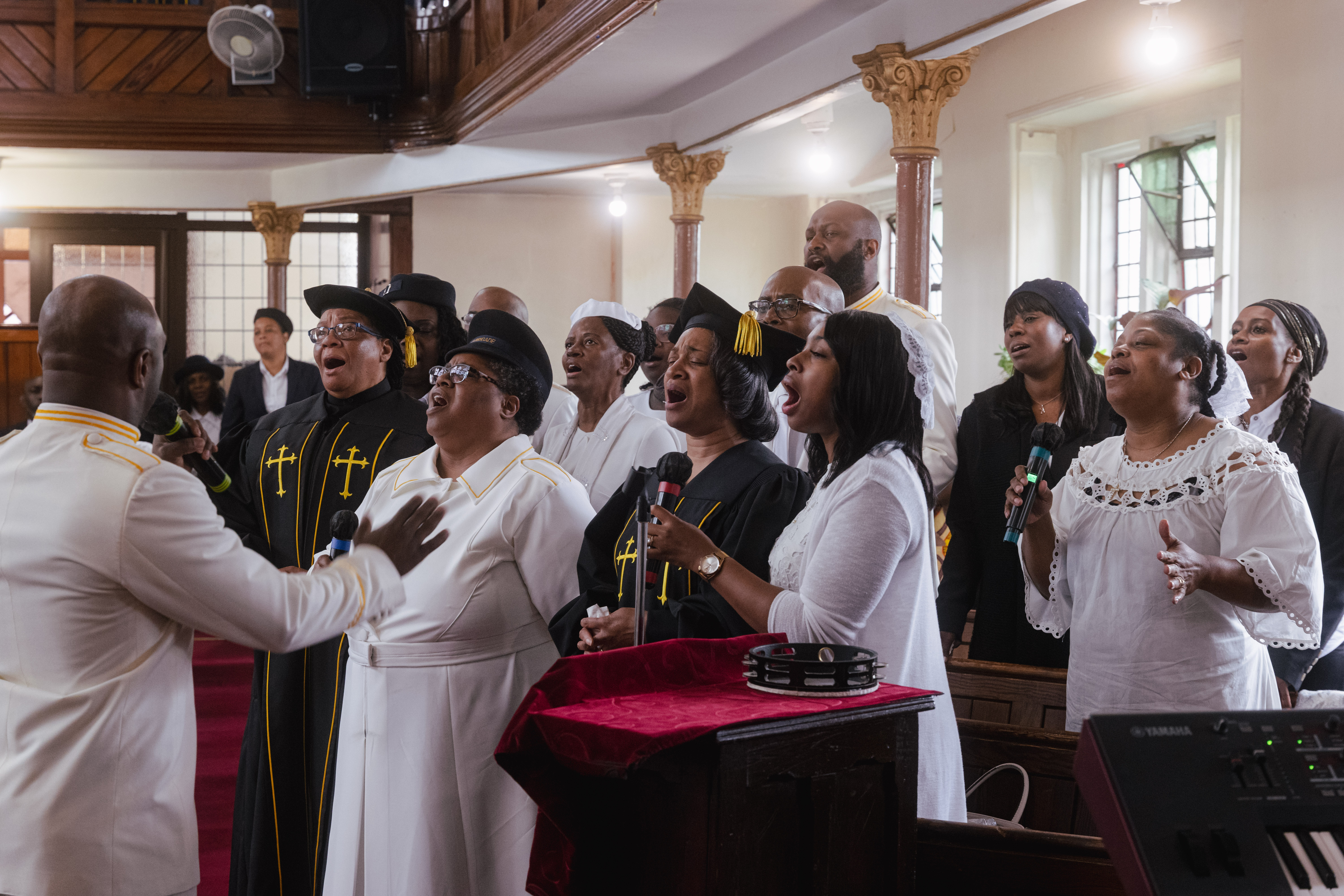© Holly-Marie Cato
Holly-Marie Cato decided she wanted to be a photographer after being caught up in the 2011 London riots. Now she’s a Leica ambassador, curating Black History Month and working with Catherine Garcia and Emily Garthwaite to redefine the brand
For photographer Emily Garthwaite, making pictures in Iraq is a process not just of documentation, but narrative-creation and even correction. Working in the country since 2017, she noticed that Western editors, peers and travellers all subscribed to the same idea of Iraq: that it is a near-failed state defined by war, decline and proximity to terrorism.
On trips back to London, Garthwaite would be met with suspicion, derision and ignorance about her decision to travel around Iraq. These interactions made her realise the power images could hold. “It’s a country that has a reputation for danger and conflict and instability,” she says. “So much of my work has been trying to go beyond conflict, to show people what has survived.”
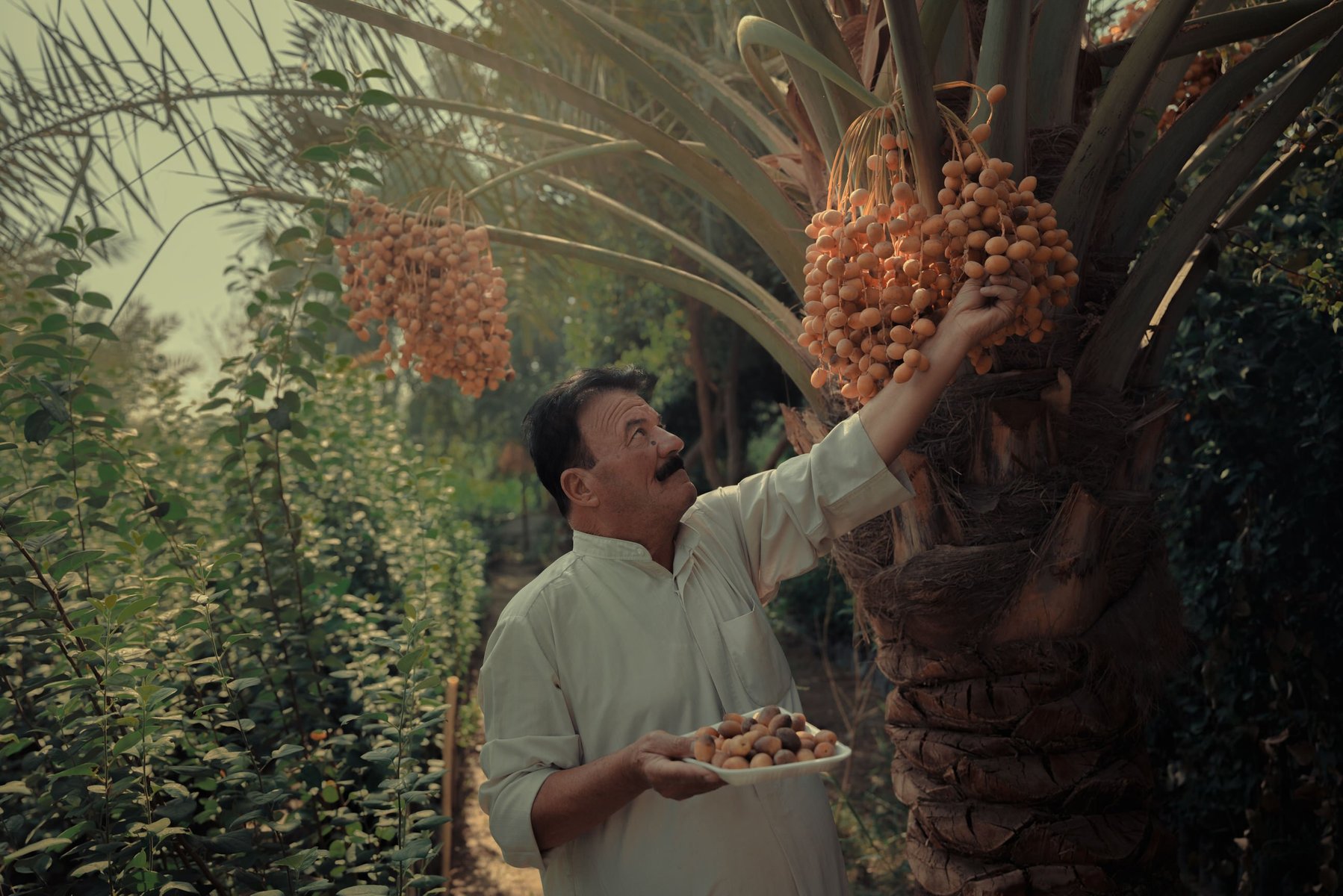
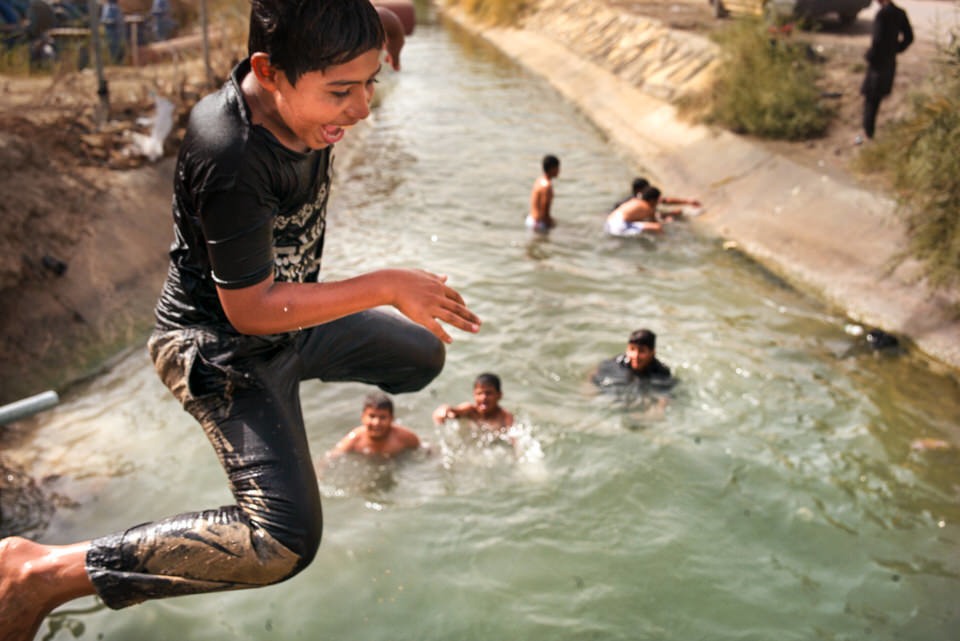
A recent story of hers in the New York Times is a prime example. Photographing Baghdad’s disappearing green spaces, she chose to focus on resilience as well as decline – including a tender portrait of a garden centre owner picking dates. “When you have a love and respect for where you live, there’s a different perception on how to highlight the story,” Garthwaite says. “I can’t make those stories in three days without all the years that came before it.” Her most significant project is The Road to Arbaeen, documenting Shia pilgrims as they walk from Najaf and Karbala. “The power of faith impacted my life,” Garthwaite says. “I had never encountered something so unifying and singular, while at the same time so demonised in the global media.”
Garthwaite has shot on Leica for around six years, and, along with Catherine Garcia and Holly-Marie Cato, is a UK ambassador for the brand. The trio became involved with Leica in a similar fashion, via word-of-mouth and the strength of their individual projects. Garcia was first introduced to Leica through a friend, after the publication of her 2014 book Our Time, a portrait project documenting 60 creative people in their homes or studios, including Sir Peter Blake and Grace Ladoja.
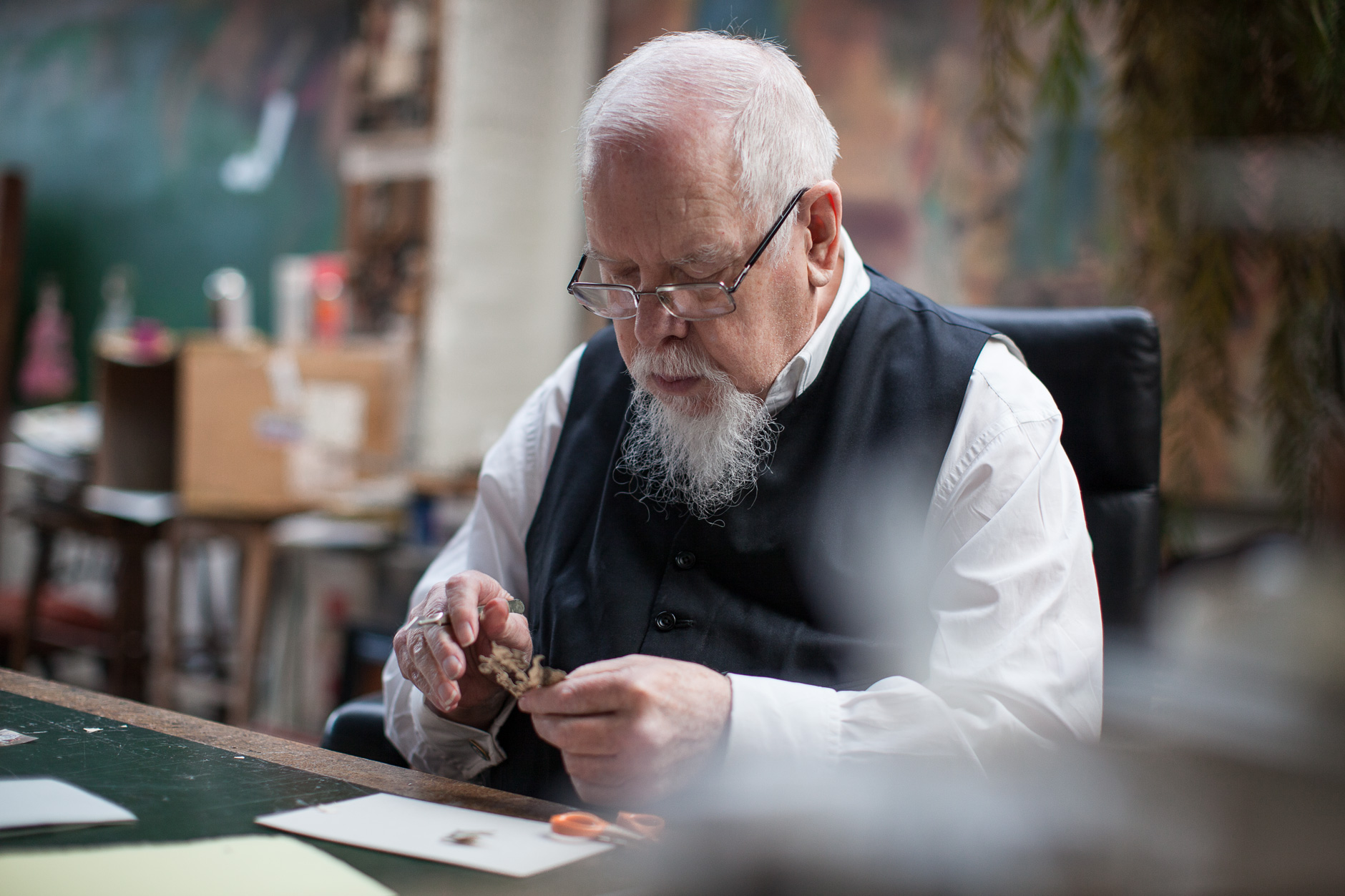
Garcia’s relationship with the brand developed, especially as her work reflected the documentary and reportage feel that Leica is well known for. From there, she borrowed a Rangefinder camera, giving her the freedom to experiment. In 2021, Garcia resumed the Our Time series, the new iteration featuring ceramicist Reiko Kaneko and interior designer Fran Hickman. Garthwaite later introduced Cato to Leica, who remembers her being “mind-blown” after trialling an M (Typ 240) camera for a two-week night series.
Like Garthwaite, Cato seeks the human aspects of environmental stories; for a recent project on lion cubs being transported from Ukraine to Poland, it was the relationship between the keepers and animals that most interested her, she says. Cato’s background is in street photography, a fascination which began in the midst of the 2011 London riots, when being caught up in Tottenham led to her images being used in a BBC documentary. “That was a turning point for me, it changed the trajectory of my life,” says Cato, who was studying architecture at the time. “After that I thought ‘Whatever this is, I want to do it. I don’t even know if I called it photography.”
Cato then began shooting around her native London, choosing locations randomly on a Tube map. “For a long time there wasn’t a narrative thread in my work, it was just about experience,” she says. Jostling through the city to get shots prepared her for commercial work, she says, “capturing a moment out of nothing… seeing the extraordinary in the mundane.”
“For Garthwaite, legacy comes in the form of redefining what Iraq means for the diaspora – and perhaps, redefining what Leica can be in the process”
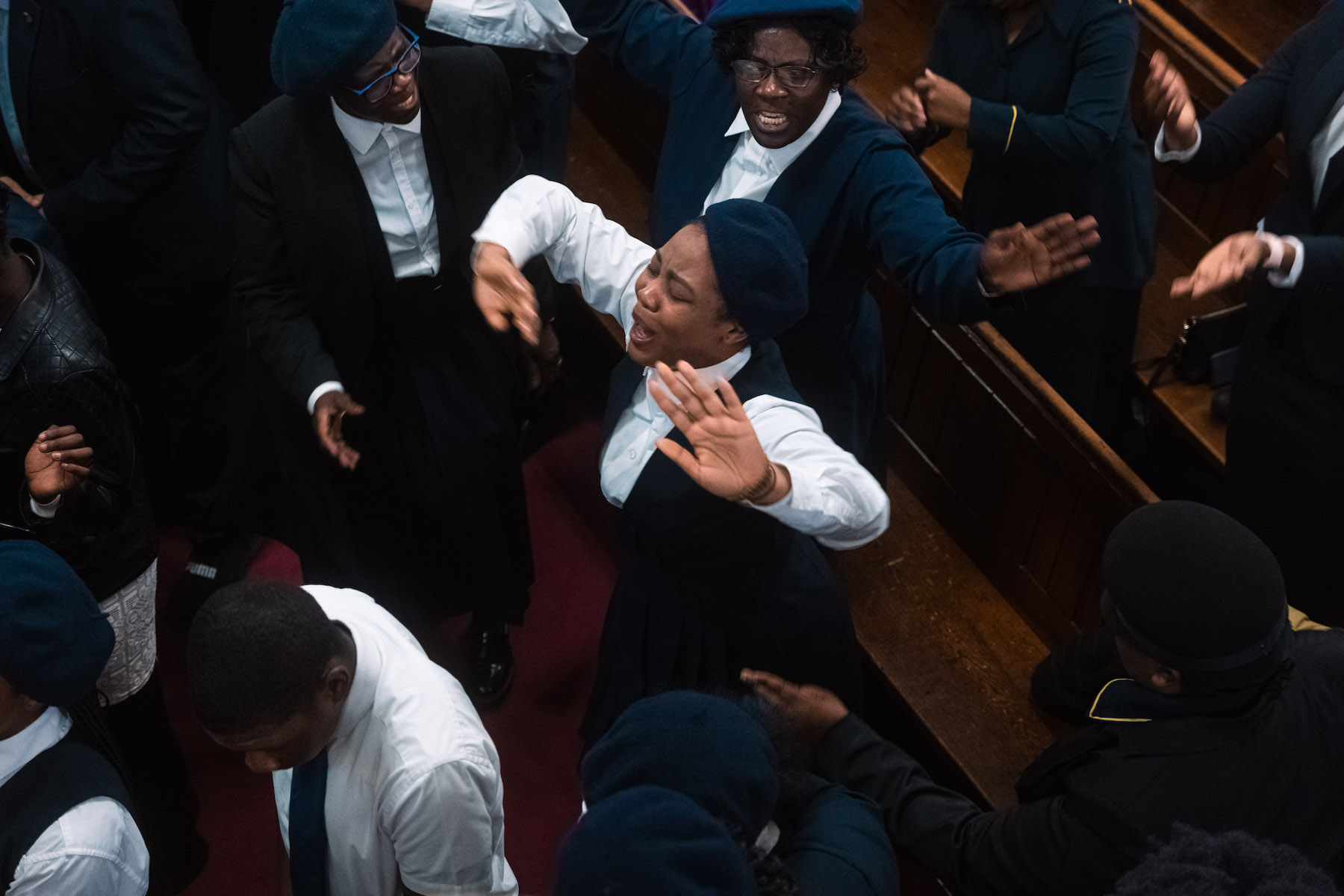
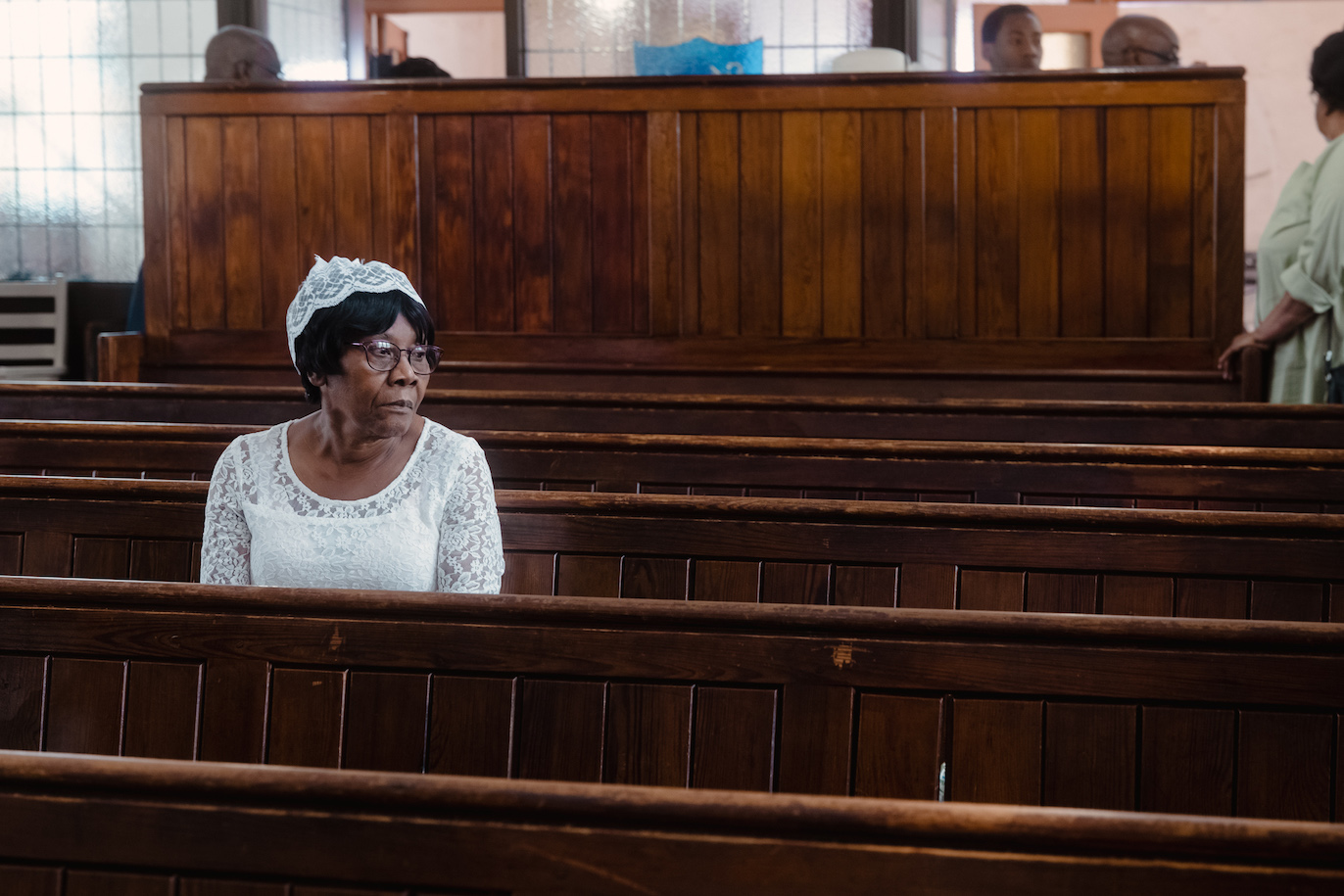
Heavy is the Mantle, Cato’s 2022 solo exhibition at Leica’s London gallery, followed her great uncle in his role as a bishop at City Mission Church in Leytonstone. She re-embedded herself into the church community (many of the congregation knew her as a young child), focussing particularly on the practice of exultation and other British-Caribbean religious rituals. “I was learning about this extension of myself – and my family’s history – by being there,” Cato says. Like the emotion of group worship, Garthwaite’s access to female-only spaces in Iraq has led to some of her most revealing images, particularly in beauty salons. “Being a woman photographer is a superpower,” she says. “It allows me access into some of the most intimate and beautiful spaces in the world.”
The work of ambassadorship takes different forms for each artist. For the self-taught Garcia, running workshops was an unfamiliar – but eye-opening – experience. “I was out of my comfort zone,” she explains, “trying to convey to a room of people what I think about portraiture.” Empowering attendees to follow their own instincts was most fruitful, Garcia says. “The aim is for everyone to find something that they can apply to what they believe in, or how they want to work.”
Heavy is the Mantle falling during the UK’s Black History Month (October 2022) was an opportunity for Cato to widen her ambassadorial impact. “I live by the ethos that ‘The glass ceiling isn’t broken if I’m the only one through it,’” she says. “I want to open the floodgates for other people. I just want more diverse voices point blank.”
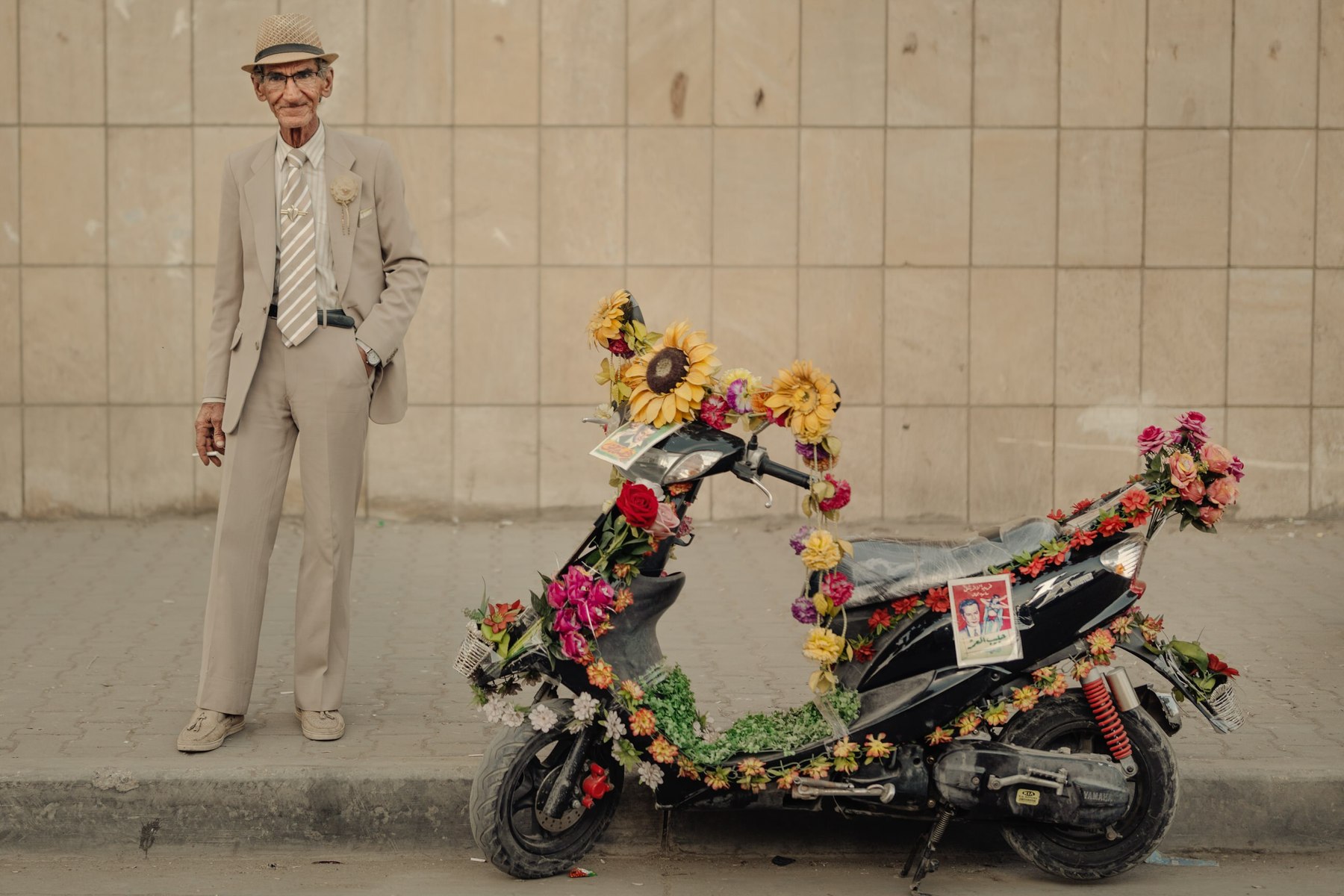
Cato expanded last year’s Black History Month Portfolio Review from a proposed £1,000 grant, to a fully-fledged collaboration with WePresent, whereby three artists would receive a portion of a £10,000 sum. Marie-Cato judged the submissions alongside Simon Frederick, who also gave a talk at the gallery discussing his documentaries Black is the New Black and They’ve Gotta Have Us. Other speakers in the series include Renee Maria Osubu, Henry J Kamara and Eddie Otchere, who has been mentoring Marie-Cato in the darkroom. “How do I use my place as an ambassador to open the doors, but also to create a lasting legacy?” Marie-Cato wonders.
For Garthwaite, legacy comes in the form of redefining what Iraq means for the diaspora – and perhaps, redefining what Leica can be in the process. She remembers being in the British Museum recently, and talking with an Iraqi woman, who urged her not to return to the country on account of it being too dangerous. She hopes that her photographs give people, and women, the chance to experience their country anew from afar. She has absolute faith in the connective power of the image. “This camera and I have a really wonderful relationship,” she says. “I know what it can do; it knows what I can do. And I make the images I want to make. It should be as simple as that.”
For more information about Leica Women Foto Project Award, head to the website.
This year’s winners will be announced on 08 March, International Women’s Day.
This year, the Award expands to residents of the US, UK, Mexico, and Canada (excluding Québec). One applicant from each region will be awarded a Leica SL2-S camera set and $10,000 USD.

